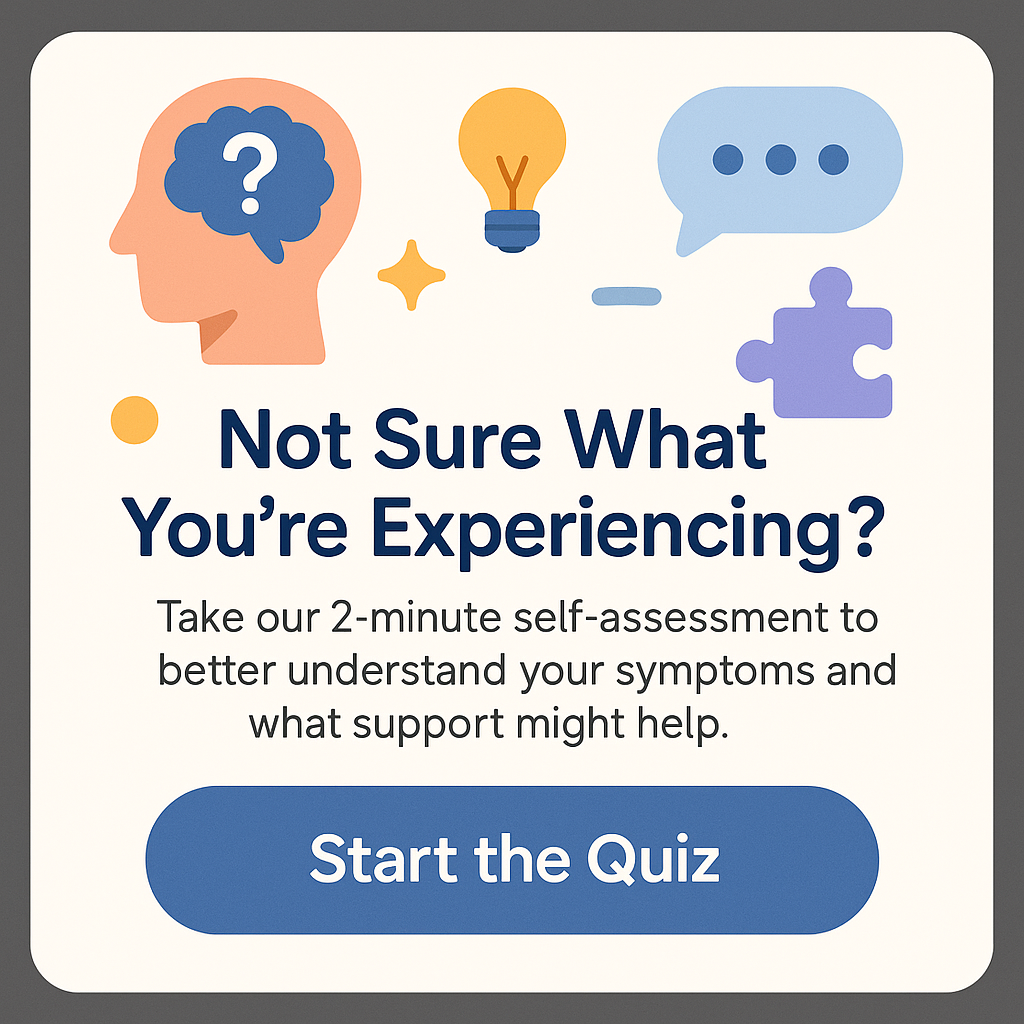What is a typical day in ABA therapy?
What does a typical day in ABA therapy look like? If you’re curious about the routines, activities, and overall structure of a day spent in Applied Behavior Analysis (ABA) therapy, you’re in the right place! Understanding what to expect can not only ease any apprehensions but also help you support your child in their journey. ABA therapy is primarily used to help individuals with Autism Spectrum Disorder (ASD) and other developmental disorders in acquiring essential skills and behaviors by reinforcing positive actions. This involves plenty of one-on-one interaction, structured learning opportunities, and specific exercises targeted at improving communication, social skills, and daily living activities.
In this comprehensive guide, we’re unpacking what a day in ABA therapy typically entails. From engaging activities to downtime, we will cover various aspects of the therapy sessions. Whether you’re a parent, caregiver, professional, or simply curious about ABA therapy, understanding the daily routine is crucial for fostering positive outcomes. Buckle up as we walk through the day-to-day experiences that form the foundation of ABA therapy!
Understanding the Structure of a Typical Day in ABA Therapy
What is a typical day in ABA therapy? To answer that, let’s first look at the structure that usually frames these sessions. A day in ABA therapy typically begins with a warm welcome, as therapists greet the child and create a friendly atmosphere. This initial moment is crucial for building rapport and trust. The therapy can take place in various settings, including at home, in schools, or specialized clinics. Each setting offers unique opportunities for learning and practicing skills in real-world contexts.
The structure of the session often follows an evidence-based approach, where objectives are carefully laid out according to the child’s Individualized Treatment Plan (ITP). This plan is tailored to the child’s needs and may include goals like improving communication abilities, learning to follow instructions, or developing social skills through play.
A typical day in ABA therapy can be broken down into several segments:
- Introduction and Warm-Up: This initial phase aims to ease the child into the session. It sets a comfortable tone, often incorporating familiar activities to spark interest.
- Skill Acquisition: This is the core portion of the session where the therapist focuses on teaching specific skills. This can be done through direct instruction, play-based learning, or structured activities tailored to the child’s interests.
- Reinforcement and Practice: Positive reinforcement is a hallmark of ABA therapy. As the child demonstrates desired behaviors or skills, they receive praise, tokens, or other rewards, which motivate them to continue progressing.
- Review and Feedback: At the end of each session, the therapist and child review what was achieved. This might include discussing successes or areas that need more practice.
Within each segment, various activities may occur, like role-playing scenarios, discrete trial training, and even integrating technology with educational games or apps tailored for learning. Incorporating visual supports, such as charts or images, can be particularly beneficial for children, providing them a clear idea of what is expected during the session.
Daily Activities in ABA Therapy Sessions
So, what specific activities can you expect during a typical day in ABA therapy? Activities can vary based on the goals set for the child, but they often incorporate a blend of structured teaching moments and spontaneous play. This combination promotes both skill acquisition and natural generalization of learned behaviors.
Here are some common activities you might encounter throughout a typical day in ABA therapy:
- Play-Based Learning: Children engage in interactive play, which is an effective way to promote social skills like sharing, taking turns, and initiating conversations. Using toys or games favored by the child increases motivation and joy during these sessions.
- Discrete Trial Training: This involves breaking down complex skills into smaller, manageable steps. The therapist uses repetition and rewards to reinforce learning, making it easier for the child to master each step individually before moving on.
- Social Skills Groups: Some therapy may include group sessions where children practice social interactions with peers. These groups help develop skills critical for social integration, such as effective communication techniques, understanding nonverbal cues, and collaborative play.
- Functional Activities: Engaging in tasks that resemble day-to-day life can be quite beneficial. For instance, preparing a snack or practicing manners during lunch helps children translate learned skills into their home settings.
Movement and sensory activities, such as dancing, playing with fidget toys, or exploring nature, also find a place in a day’s agenda. These activities support sensory integration and can help children manage emotions, enhancing their overall well-being.
Setting the Right Environment for ABA Therapy
What contributes to a typical day in ABA therapy? The environment in which the therapy takes place plays a critical role. A calm, structured setting filled with engaging resources can help children remain focused and motivated. The atmosphere should be tailored to meet the unique needs of each child, making it conducive to learning. Here are some elements to consider:
- Quiet Spaces: A designated area for a chill-out zone can help children manage stress and sensory overload. When things get too intense, having a quiet space acts as a refuge, allowing them to regroup.
- Visual Supports: Utilizing visual aids like charts, schedules, or picture cards can help children anticipate upcoming activities, making transitions smoother.
- Engaging Materials: Having a variety of resources, from books and games to art supplies, allows for flexible, engaging activities that can fit into the day’s agenda seamlessly.
- Temperature and Lighting Control: A comfortable atmosphere is vital. Ensuring the room isn’t too bright or loud can help improve focus and reduce distractions.
It’s essential that therapists remain adaptive. If something isn’t working, they should be prepared to change the activity to better suit the child’s mood and engagement level. The flexibility allows the child to feel empowered and supported throughout the session.
Conclusion
So there you go! What is a typical day in ABA therapy? It’s a sum of structured activities tailored to meet the specific needs of each child, creating an engaging and supportive environment conducive to learning. From warm greetings to structured sessions that build critical skills, every component plays a pivotal role in promoting positive outcomes. Whether it’s skill acquisition, social integration, or daily living practices, each session is a step towards equipping children with the tools they need to navigate the world more effectively.
Understanding the dynamics of a day in ABA therapy offers insights into how this therapy can profoundly impact the lives of children with ASD and other developmental challenges. Parents and caregivers can foster the experience at home by encouraging the same strategies and skills practiced during therapy. This consistency strengthens learning and reinforces positive behaviors, paving the way for growth and development. As you consider the importance of ABA therapy, remember that every day is an opportunity for progress—one small step at a time.
Frequently Asked Questions (FAQs)
- How long do ABA therapy sessions typically last?
A typical ABA therapy session usually lasts between 1 to 3 hours, depending on the individual child’s needs and schedule. - Is ABA therapy suitable for all ages?
Yes, ABA therapy can be tailored for children of all ages, from toddlers to teenagers, and even adults, depending on their needs. - How is progress measured in ABA therapy?
Progress in ABA therapy is measured through data collection, tracking specific behaviors, skills, and goals over time, allowing for adjustments as necessary. - Can ABA therapy be done at home?
Absolutely! ABA therapy can be structured in-home, allowing parents to support their child’s learning in a familiar environment. - What qualifications should an ABA therapist have?
A certified ABA therapist typically has a background in psychology or special education, with specific training in Applied Behavior Analysis.
What Does High Functioning Autism Look Like?







